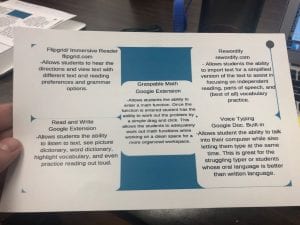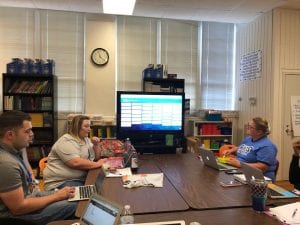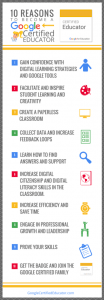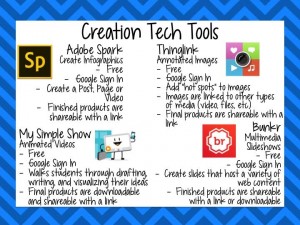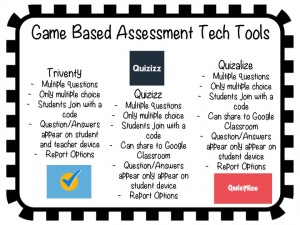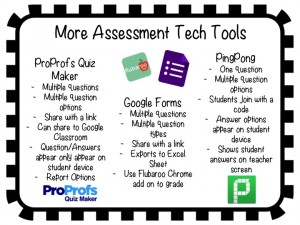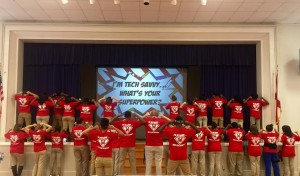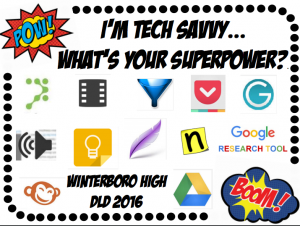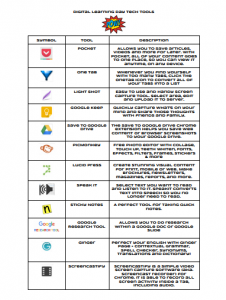Shout out to Technology Integration Specialist Emily Nestor for being our guest writer this week!!
With technology becoming such a staple within daily teaching and learning, it is
imperative for teachers to evaluate how they are incorporating technology. Through
this thoughtful reflection, teachers can ensure that they are providing students with
opportunities to complete task that allow them to integrate technology in a variety
of contexts. The SAMR model serves as a model for this reflection process. Through
embedding tasks that correspond to the 4 levels of the SAMR model, teachers can
enhance and transform their teaching and learning and boost student engagement
and achievement.
So, at this point I am sure you are wondering what the levels of the SAMR model are.
Below is a brief description of each level of the SAMR model.
S – Substitution Same Task, New Tech
Computer technology is used to perform the same task as was done before the use
of computers.
A – Augmentation Improve the Task by Adding New Features
Computer Technology offers an effective tool to perform the task with some
functional improvements.
Task at the Substitution and Augmentation level allow you to enhance learning
through implementing a “tech tool.”
M – Modification Change the Task
This is the level where technology is being used more effectively not to do the same
task using different tools but to redesign new parts of the task and transform
students learning.
R – Redefinition A Whole New Task
At this level, technology is used to complete a task that allows the students to do
something that was previously not possible.
Task at the Modification and Redefinition level allow you to transform learning
through implementing a “tech tool.”
Now I bet you are thinking what these levels look like in action. Below is an example
of each level of the SAMR model in action.
Topic: Geography
S: Use presentation software (like Powerpoint or Prezi) to construct a presentation
providing information about a selected locale.
A: Incorporate interactive multimedia – audio, video, hyperlinks – in the
presentation to give more depth and provide more engaging presentation.
M: Create a digital travel brochure that incorporates multimedia and student
created video.
R: Explore the locale with Google Earth; seek out and include interviews with people
who have visited the local.
Another benefit of the SAMR model is that each level is connected to a level of
Bloom’s Taxonomy. Below a graphic that shows the correlation of SARM and
Blooms. This is a great tool to help when planning for instruction because it allows
you to see which level of the SAMR model your task should fall into.
So as you can see, where your task falls on the SAMR model depends on the rigor of
your teaching and learning. It is important to remember that you aren’t always
going to be at the creating level of Blooms and having students use technology in the
redefinition lens. Sometimes a substitution task is what your students’ needs and
that’s ok! It’s not about using technology to create products that are the biggest and
the most grand – instead the focus should be on effectively using technology as a
teaching and learning tool within the classroom.
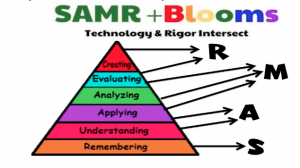
 Below is a post written by guest blogger and teacher leader, Alex Johnson! He lead our faculty on Tech Tools to Support the Struggling Learner in Teacher Academy!
Below is a post written by guest blogger and teacher leader, Alex Johnson! He lead our faculty on Tech Tools to Support the Struggling Learner in Teacher Academy! 3 things I love about these tools
3 things I love about these tools